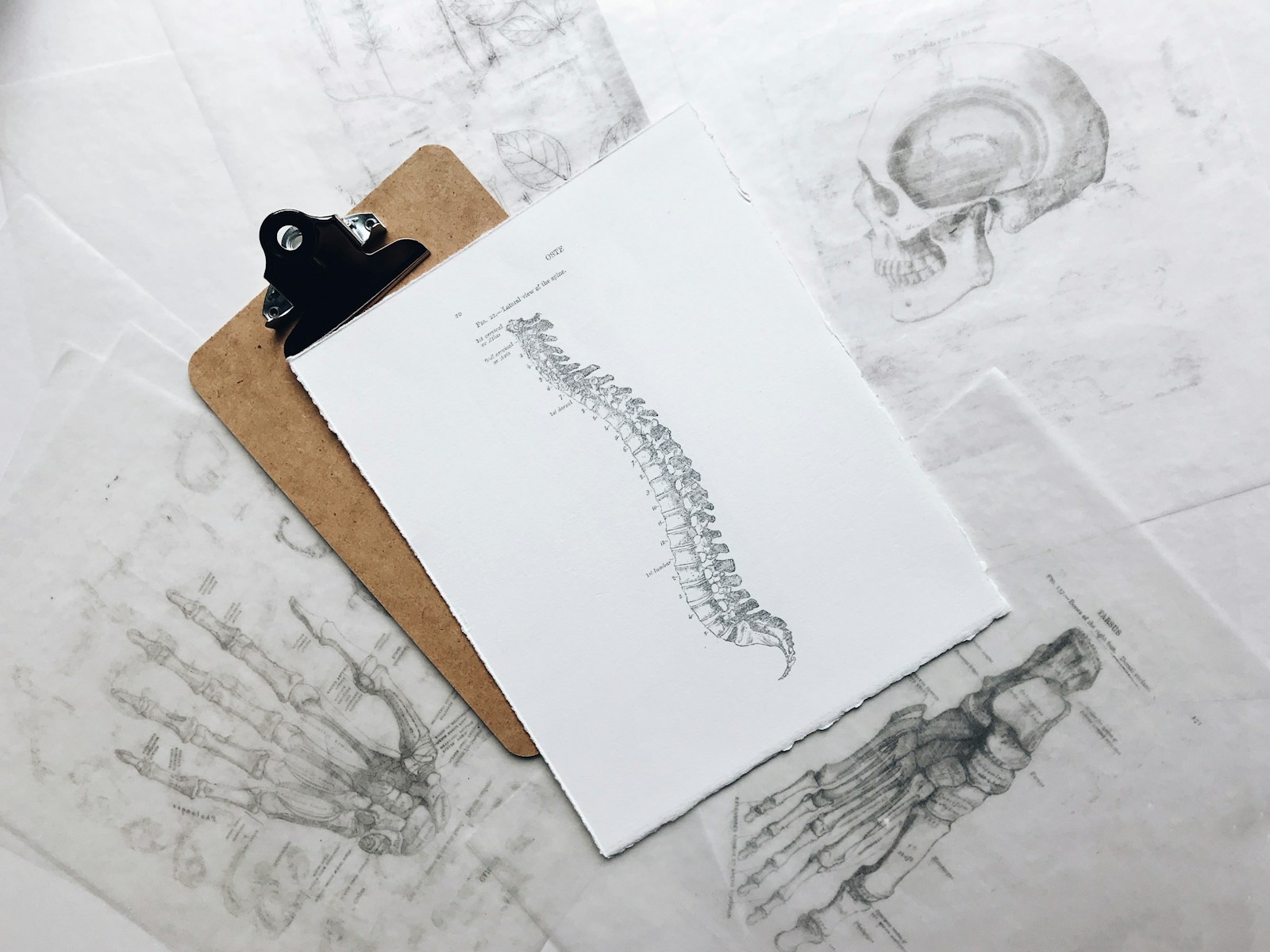The opioid crisis has cast a long shadow over the quest for effective pain management, leaving countless individuals and their families grappling with the consequences of addiction. The statistics are more than just numbers; they represent real people whose lives have been turned upside down. The search for alternatives has never been more critical, as the personal and societal costs of opioid dependency continue to mount. It’s a complex issue that demands a nuanced approach, one that goes beyond the traditional reliance on prescription painkillers.
In the words of Professor Christine Lin, “We have clearly shown there is no benefit to prescribing an opioid for pain management in people with acute back or neck pain, and in fact, it could cause harm in the long-term even with only a short course of treatment. Opioids should not be recommended for acute back and neck pain full stop. Not even when other drug treatments are not able to be prescribed or have not been effective for a patient.” This statement underscores the urgency of finding effective, non-opioid pain management strategies.
Decoding Chronic Pain Beyond the Basics
Chronic pain is a complex beast, one that defies easy solutions. Recent research has peeled back the layers, revealing a condition that is as much about the brain as it is about the body. This complexity is why a one-size-fits-all approach to pain management is doomed to fail. Chronic pain varies widely from person to person, influenced by a myriad of factors including genetics, lifestyle, and even psychological state. Understanding this complexity is the first step toward effective treatment.
The traditional view of pain as a simple signal of injury is increasingly being replaced by a more nuanced understanding. Pain is not just a symptom; it’s a condition in its own right, one that can persist long after the initial injury has healed. This shift in understanding has profound implications for treatment, suggesting that we need to address the root causes of pain rather than just masking the symptoms. It’s a challenging task, but one that is essential for developing effective, long-term solutions.
A New Frontier in Pain Management
Neuromodulation represents a promising avenue in the quest for effective pain management. This approach, which involves altering nerve activity through targeted stimulation, has shown significant potential in treating various types of chronic pain. By directly addressing the neural pathways involved in pain perception, neuromodulation offers a way to manage pain without the side effects associated with opioids.
The effectiveness of neuromodulation techniques, such as spinal cord stimulation and transcranial magnetic stimulation, has been supported by a growing body of research. These studies highlight not only the potential of neuromodulation to provide relief but also its limitations. Like any treatment, it’s not a magic bullet; success varies from patient to patient, and there are potential side effects to consider. However, for many, the benefits far outweigh the risks, offering a new lease on life.
Lifestyle Interventions
Lifestyle changes are often recommended as part of a comprehensive pain management plan, but implementing these changes can be easier said than done. Barriers such as physical limitations, lack of resources, and even psychological resistance can make it difficult for patients to adopt healthier habits. Despite these challenges, the potential benefits of lifestyle interventions, including improved pain management and overall health, make them an essential component of treatment.
Overcoming the barriers to lifestyle change requires a multifaceted approach. Support from healthcare providers, access to resources, and patient education are all critical. Success stories can also serve as powerful motivators, showing patients that change is possible and that they’re not alone in their struggle. By addressing these challenges head-on, we can help patients make the changes that will support their recovery and improve their quality of life.
The Mind-Body Connection
The role of the mind in chronic pain is a topic of increasing interest and research. Psychological interventions, such as cognitive-behavioural therapy (CBT) and mindfulness-based stress reduction (MBSR), have shown promise in helping patients manage their pain. These strategies work by addressing the emotional and psychological aspects of pain, offering patients tools to cope with the stress and anxiety that often accompany chronic conditions.
Dr Judith Turner, a psychologist and researcher, has been at the forefront of this work, developing tailored interventions that meet the unique needs of each patient. These strategies are not standalone treatments but are most effective when integrated into a broader treatment plan. By addressing the psychological aspects of pain, we can help patients find relief not just from the physical symptoms but from the emotional burden as well.
Cutting-Edge Surgical Techniques
In the realm of pain management, surgical interventions can sometimes offer a solution when other treatments have failed. Dr Timothy Steel, a leading neurosurgeon and spine surgeon based in Sydney, has been instrumental in advancing these techniques. With a focus on minimally invasive procedures, Dr Steel has helped countless patients achieve significant pain relief and improved quality of life. His approach is characterised by meticulous attention to detail and a commitment to individualised patient care, ensuring that each person receives the treatment that best meets their needs.
Dr Steel’s expertise extends to a range of innovative surgical techniques, including disc replacement and fusion surgeries. These procedures, designed to address the underlying causes of chronic pain, have been refined over years of practice to maximise patient outcomes while minimising recovery times. The success of these techniques is a testament to Dr Steel’s dedication to his patients and his skill as a surgeon.
Crafting Personalised Pain Management Plans
The development of personalised pain management plans is a critical step in addressing chronic pain. This process involves a collaborative effort between patients and their healthcare team, taking into account the unique aspects of each individual’s condition. By tailoring treatment to the patient, we can maximise the effectiveness of interventions and improve overall outcomes.
Adjusting these plans over time is equally important. As patients respond to treatment, their needs may change, requiring modifications to their pain management strategy. This dynamic approach ensures that treatment remains effective and responsive to the evolving nature of chronic pain. The role of patient feedback in this process cannot be overstated; it’s essential for fine-tuning treatment and ensuring that it meets the patient’s needs.
Exciting Research in Pain Medicine
The field of pain medicine is on the cusp of significant breakthroughs, with researchers around the world working to develop new treatments that offer hope to those living with chronic pain. Dr Sean Mackey, Chief of the Division of Pain Medicine at a prestigious university, is at the forefront of this work, exploring non-opioid pain management strategies and the neuroscience of pain. His research promises to expand our understanding of pain and open up new avenues for treatment.
One area of particular interest is the development of compounds that can target pain without the risks associated with opioids. Stephen Martin, discussing the potential of the compound FEM-1689, highlights the importance of finding treatments that are both effective and well-tolerated. “It’s our goal to make this compound into a drug that can be used to treat chronic pain without the dangers of opioids. Neuropathic pain is often a debilitating condition that can affect people their entire lives, and we need a treatment that is well tolerated and effective,” Martin explains. This focus on safety and efficacy is crucial for developing therapies that can provide long-term relief without the dangers of addiction.
Real Lives, Real Impact
The true measure of any pain management strategy lies in its impact on the lives of those it seeks to help. Across the globe, individuals have found relief through non-opioid treatments, transforming their experiences of chronic pain. These success stories are not just anecdotes; they’re evidence of the potential for alternative strategies to make a real difference.
Behind each success story is a journey of trial and error, of finding the right combination of treatments to address the unique challenges of chronic pain. These stories serve as a reminder of the importance of perseverance, both for patients and their healthcare providers. They also highlight the need for a comprehensive approach to pain management, one that looks beyond medication to address the underlying causes of pain.
The Path to a Pain-Free Future
As we reflect on the advancements in chronic pain management, it’s clear that the journey is far from over. The need for continued research, patient advocacy, and community support is as pressing as ever. By working together, we can build on the progress made and push the boundaries of what’s possible in pain management. The goal is ambitious but achievable: a future where chronic pain no longer holds sway over the lives of those it affects.
The path forward will require dedication, innovation, and collaboration. It’s a challenge that we must meet head-on, armed with the knowledge and tools we’ve gathered along the way. The potential rewards are immense, offering the promise of a better quality of life for millions of people around the world. As we look to the future, let’s commit to advancing non-opioid pain management strategies, ensuring that everyone has the opportunity to live a life free from the constraints of chronic pain.
The call to action is clear. Whether you’re a healthcare professional, a researcher, or someone living with chronic pain, your contribution matters. Together, we can make a difference, turning the tide in the fight against chronic pain and opening the door to a brighter, pain-free future. Let’s embrace this challenge with open arms, working tirelessly to achieve a world where effective, safe pain management is accessible to all.







